Royal Palace Amsterdam

Dominating Dam Square in the heart of Amsterdam, the Royal Palace is a masterpiece of Dutch Baroque architecture and a symbol of the city’s Golden Age. Originally built as the city hall in 1655 by architect Jacob van Campen, it was later transformed into a royal residence by King Louis Bonaparte in 1808. Today, it serves as the official reception palace for the Dutch monarchy and is open to the public when not in use for state functions. Inside, visitors can explore opulent rooms adorned with marble floors, grand chandeliers, and artworks by Rembrandt’s pupils, including Ferdinand Bol and Govert Flinck. The central Citizens’ Hall, with its celestial and world maps inlaid in marble, reflects Amsterdam’s historic ambition as a global power. Despite its austere exterior, the palace’s interior reveals a rich tapestry of civic pride, royal grandeur, and artistic excellence. Whether attending a royal award ceremony or touring its historic chambers, the Royal Palace offers a compelling glimpse into the Netherlands’ cultural and political heritage.
Amsterdam NetherlandsThe Royal Palace of Amsterdam is prominently located on the west side of Dam Square, right in the heart of Amsterdam's city centre. This magnificent 17th-century building, originally constructed as the city hall by architect Jacob van Campen between 1648 and 1655, later became the royal residence for King Louis Bonaparte and now serves as the official reception palace for the Dutch monarch. The palace is renowned for its classical façade, lavish interiors, and extensive collection of Empire-style furniture and artworks, reflecting Amsterdam's Golden Age prosperity. Nearby, visitors can explore several key city landmarks and attractions. Dam Square itself is a bustling public space featuring the National Monument and the Nieuwe Kerk, an important historic church adjacent to the palace. Just a short stroll away are popular shopping streets such as Kalverstraat and the lively plazas around the central pedestrian area. The area around the palace is well-served by public transport, with tram and bus stops at Dam providing easy access. Visitors will also find numerous cafés, restaurants, and shops nearby, making the location a vibrant hub for culture, history, and urban life.
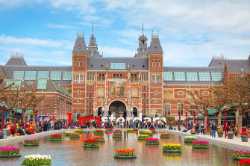 Rijksmuseum
Amsterdam
Rijksmuseum
Amsterdam
 Van Gogh Museum
Amsterdam
Van Gogh Museum
Amsterdam
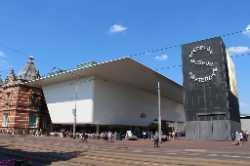 Stedelijk Museum
Amsterdam
Stedelijk Museum
Amsterdam
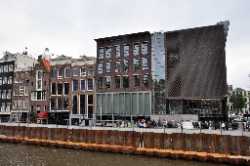 Anne Frank House
Amsterdam
Anne Frank House
Amsterdam
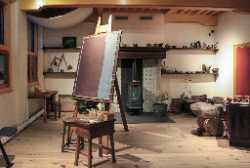 Rembrandt House Museum
Amsterdam
Rembrandt House Museum
Amsterdam
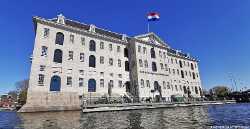 Dutch Maritime Museum
Amsterdam
Dutch Maritime Museum
Amsterdam
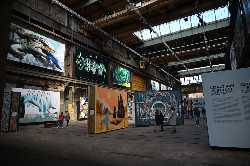 STRAAT Museum
Amsterdam
STRAAT Museum
Amsterdam
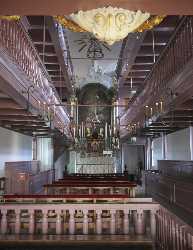 Our Lord in the Attic Museum
Amsterdam
Our Lord in the Attic Museum
Amsterdam
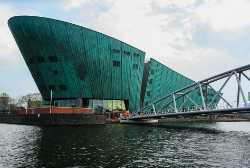 NEMO Science Museum
Amsterdam
NEMO Science Museum
Amsterdam
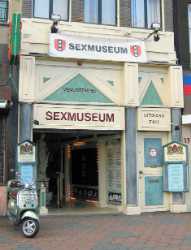 Sexmuseum Amsterdam Venustempel
Amsterdam
Sexmuseum Amsterdam Venustempel
Amsterdam
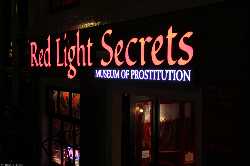 Red Light Secrets
Amsterdam
Red Light Secrets
Amsterdam
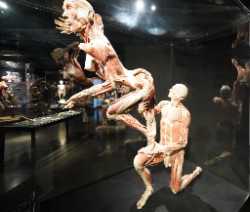 Body Worlds Amsterdam
Amsterdam
Body Worlds Amsterdam
Amsterdam
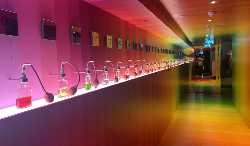 House of Bols
Amsterdam
House of Bols
Amsterdam
 Heineken Experience
Amsterdam
Heineken Experience
Amsterdam
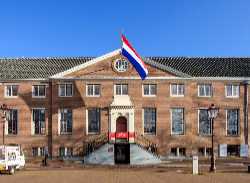 Amsterdam Museum
Amsterdam
Amsterdam Museum
Amsterdam
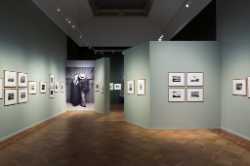 FOAM Fotografiemuseum Amsterdam
Amsterdam
FOAM Fotografiemuseum Amsterdam
Amsterdam
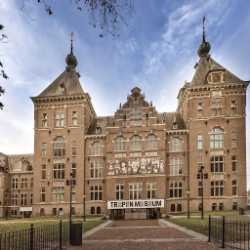 Tropenmuseum
Amsterdam
Tropenmuseum
Amsterdam
 Verzetsmuseum
Amsterdam
Verzetsmuseum
Amsterdam
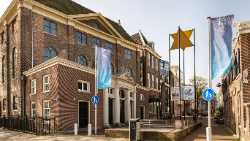 Jewish Cultural Quarter
Amsterdam
Jewish Cultural Quarter
Amsterdam
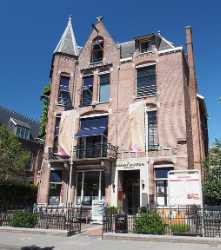 Diamond Museum Amsterdam
Amsterdam
Diamond Museum Amsterdam
Amsterdam
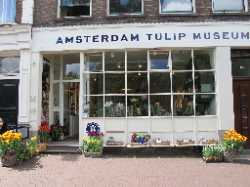 Tulip Museum
Amsterdam
Tulip Museum
Amsterdam
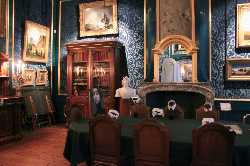 Willet-Holthuysen Museum
Amsterdam
Willet-Holthuysen Museum
Amsterdam
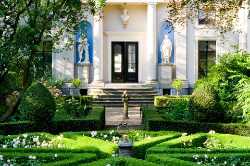 Museum Van Loon
Amsterdam
Museum Van Loon
Amsterdam
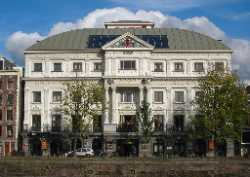 Royal Theater Carré
Amsterdam
Royal Theater Carré
Amsterdam
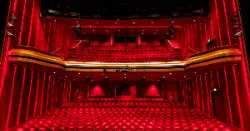 DeLaMar Theater
Amsterdam
DeLaMar Theater
Amsterdam
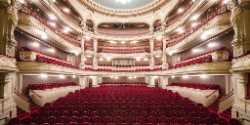 Internationaal Theater Amsterdam
Amsterdam
Internationaal Theater Amsterdam
Amsterdam
 Concertgebouw
Amsterdam
Concertgebouw
Amsterdam
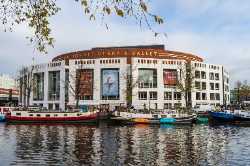 Dutch National Opera & Ballet
Amsterdam
Dutch National Opera & Ballet
Amsterdam
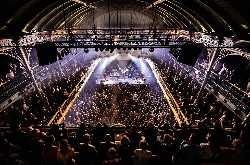 Paradiso
Amsterdam
Paradiso
Amsterdam
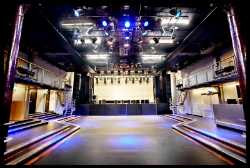 Melkweg
Amsterdam
Melkweg
Amsterdam
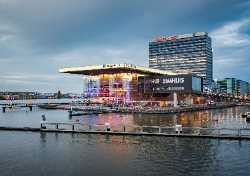 Muziekgebouw aan 't IJ
Amsterdam
Muziekgebouw aan 't IJ
Amsterdam
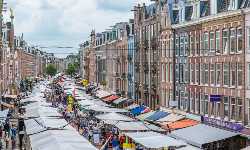 Albert Cuyp Market
Amsterdam
Albert Cuyp Market
Amsterdam
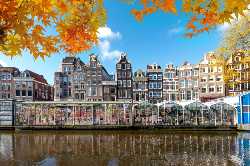 Bloemenmarkt
Amsterdam
Bloemenmarkt
Amsterdam
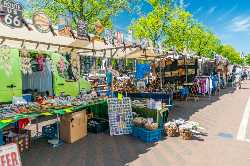 Waterlooplein Flea Market
Amsterdam
Waterlooplein Flea Market
Amsterdam
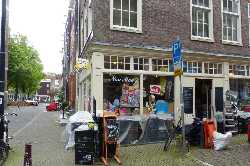 Noordermarkt
Amsterdam
Noordermarkt
Amsterdam
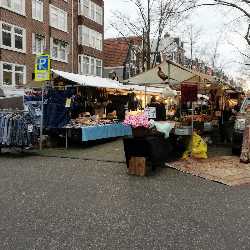 Westerstraat Market
Amsterdam
Westerstraat Market
Amsterdam
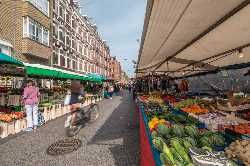 Ten Katemarkt
Amsterdam
Ten Katemarkt
Amsterdam
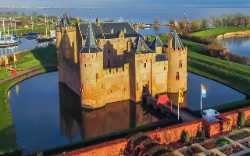 Muiderslot Castle
Amsterdam
Muiderslot Castle
Amsterdam
 Vondelpark
Amsterdam
Vondelpark
Amsterdam
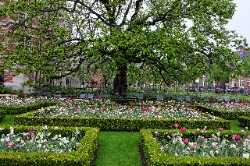 Rijksmuseum Gardens
Amsterdam
Rijksmuseum Gardens
Amsterdam
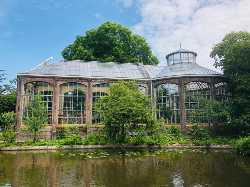 Hortus Botanicus
Amsterdam
Hortus Botanicus
Amsterdam
 Het Amsterdamse Bos
Amsterdam
Het Amsterdamse Bos
Amsterdam
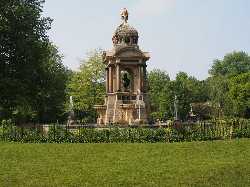 Sarphatipark
Amsterdam
Sarphatipark
Amsterdam
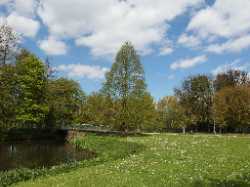 Rembrandtpark
Amsterdam
Rembrandtpark
Amsterdam
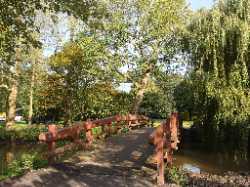 Oosterpark
Amsterdam
Oosterpark
Amsterdam
 Westerpark
Amsterdam
Westerpark
Amsterdam
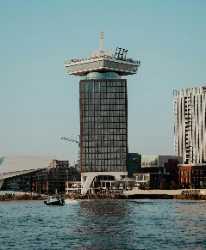 A'DAM Lookout
Amsterdam
A'DAM Lookout
Amsterdam
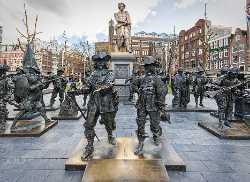 Rembrandt Monument
Amsterdam
Rembrandt Monument
Amsterdam
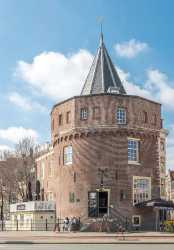 The Schreierstoren
Amsterdam
The Schreierstoren
Amsterdam
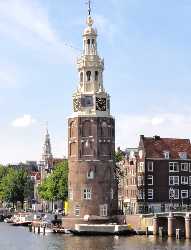 Montelbaanstoren
Amsterdam
Montelbaanstoren
Amsterdam
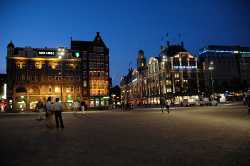 Dam Square
Amsterdam
Dam Square
Amsterdam
 Houseboat Museum
Amsterdam
Houseboat Museum
Amsterdam
 Electric Ladyland
Amsterdam
Electric Ladyland
Amsterdam
 Xtracold Icebar
Amsterdam
Xtracold Icebar
Amsterdam
 Madame Tussauds Amsterdam
Amsterdam
Madame Tussauds Amsterdam
Amsterdam
 Amsterdam Dungeon
Amsterdam
Amsterdam Dungeon
Amsterdam
 Maritime Museum
Amsterdam
Maritime Museum
Amsterdam
 Moco Museum
Amsterdam
Moco Museum
Amsterdam
 Resistance Museum
Amsterdam
Resistance Museum
Amsterdam
 Hermitage Amsterdam
Amsterdam
Hermitage Amsterdam
Amsterdam
 Anton Pannekoek Observatory
Amsterdam
Anton Pannekoek Observatory
Amsterdam
 Artis Planetarium
Amsterdam
Artis Planetarium
Amsterdam